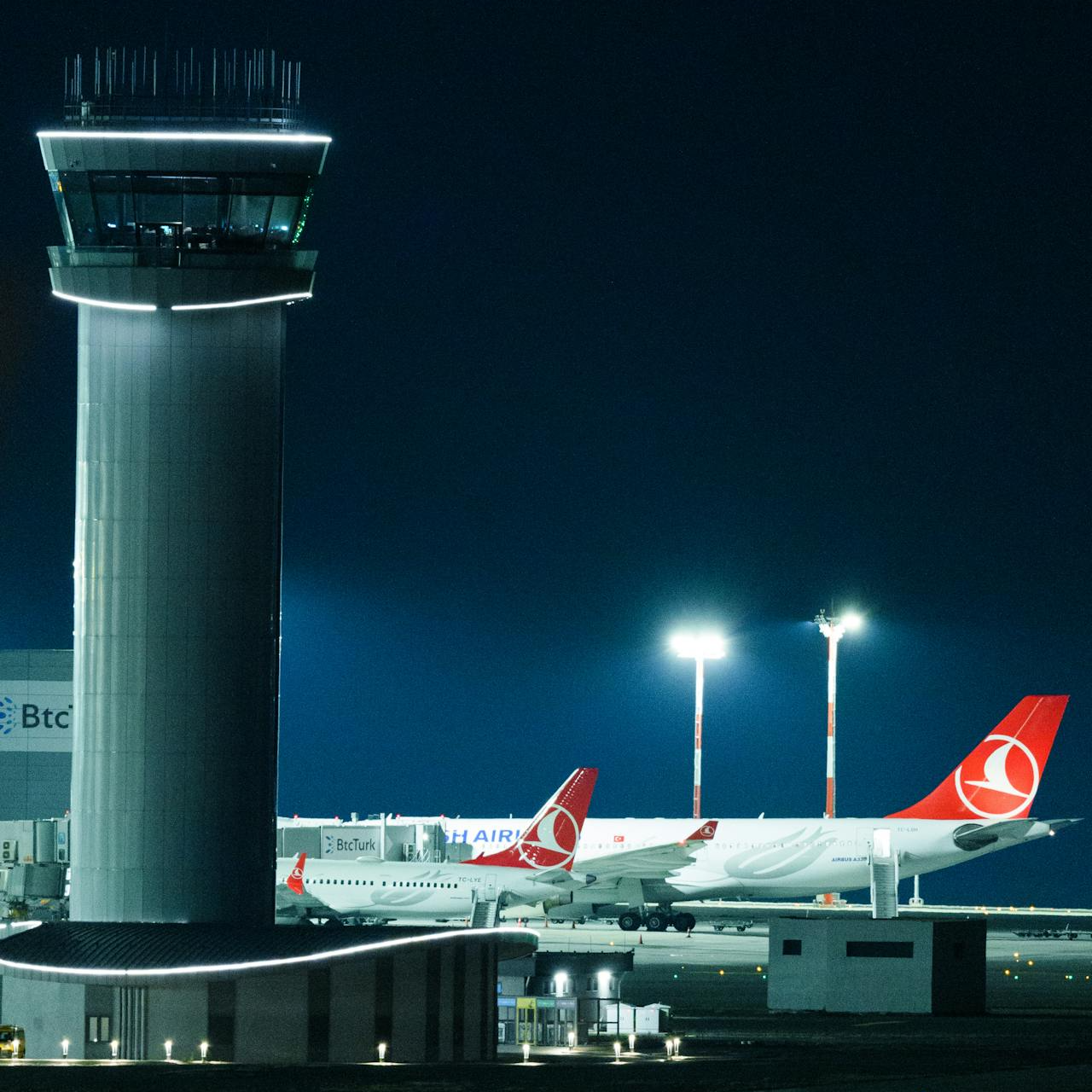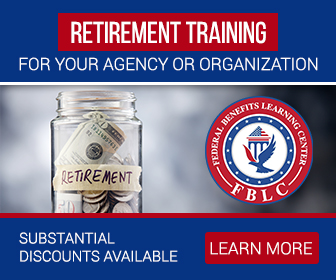Key Takeaways
- Federal workers in specialized categories, like Law Enforcement Officers (LEOs) and Federal Aviation Administration (FAA) employees, enjoy unique retirement benefits that differ from standard federal retirement plans.
- Understanding these perks can help special category employees plan for early retirement options, enhanced benefits, and career transitions in a way that maximizes their retirement security.
Federal Special Category Retirement—Who Qualifies?
- Also Read: Blending Private and Public Sector Retirement Plans Is Complicated—Here’s Where Couples Get It Wrong
- Also Read: The Silent Shift in Postal Service Retirement Benefits That Could Change Everything by 2026
- Also Read: The Side of Civilian Military Employment Benefits Nobody Mentions Until After You Retire
What Makes Special Category Retirements Different?
Special category retirements are designed to support jobs requiring higher physical or mental endurance. Typically, they offer benefits such as early retirement eligibility, enhanced pension multipliers, and even transitional support. These benefits recognize that such roles can have shorter career lifespans, ensuring that employees can retire when necessary without significant financial penalty.
Let’s dive into the specifics of how these perks work across some of the primary special categories.
Law Enforcement Officers (LEOs)
Federal Law Enforcement Officers have one of the most well-defined retirement categories. LEOs qualify for the special retirement program under the Federal Employees Retirement System (FERS), and it offers unique perks compared to standard federal retirement.
Eligibility for LEO Retirement
For an LEO, retirement eligibility is accelerated. LEOs can retire at age 50 if they have at least 20 years of service in their special category, or after 25 years of service at any age. This flexibility means LEOs can retire earlier, reducing the need to extend their working years into later life stages. Unlike standard FERS employees who retire later, LEOs can start enjoying their retirement benefits sooner.
LEO Pension Benefits
LEOs receive a boosted pension calculation to account for their early retirement. For LEOs, the retirement multiplier is 1.7% for each of their first 20 years of service, compared to the 1% used for most FERS employees. Any service beyond 20 years is calculated at the regular 1% rate, but the higher multiplier for the initial years provides a substantial boost in retirement income.
Additionally, many LEOs qualify for the FERS Special Retirement Supplement, which can bridge the gap between retirement and eligibility for Social Security benefits. This supplement, which is available to LEOs until age 62, can be a valuable source of income.
Firefighters
Firefighters face both physical demands and risks in their role, which has led to their inclusion in special category retirements. Like LEOs, firefighters are covered under FERS and receive benefits that reflect the challenges of their role.
Retirement Age and Eligibility for Firefighters
Federal firefighters can retire with full benefits at age 50 if they’ve completed 20 years of service in their category. Alternatively, they’re eligible to retire with 25 years of service at any age, which aligns with the retirement options offered to LEOs. This early retirement eligibility acknowledges the rigorous demands of firefighting and allows firefighters to step away when they need to without a financial penalty.
Enhanced Pension Formula for Firefighters
Firefighters, like LEOs, benefit from the 1.7% multiplier for the first 20 years of service, providing a more substantial pension. For firefighters, the FERS Special Retirement Supplement is also available until age 62, bridging the gap before Social Security benefits become accessible.
Federal Aviation Administration (FAA) Employees
FAA employees in certain categories, such as air traffic controllers, have one of the most specific retirement structures in federal employment. Their roles require sharp focus, quick decision-making, and high responsibility levels, making it a demanding career.
Early Retirement Eligibility for Air Traffic Controllers
Air traffic controllers (ATCs) can retire at age 50 with 20 years of service or at any age with 25 years of service. FAA regulations often mandate ATCs to retire by age 56, meaning early retirement planning is crucial. This early retirement structure ensures that ATCs can step away from their high-stress positions while still benefiting from a structured financial plan.
Enhanced Pension and Annuity for FAA Employees
For ATCs, the pension multiplier is 1.7% for the first 20 years, similar to the formula for LEOs and firefighters, with 1% used for any additional years of service. FAA employees who retire under these conditions are also eligible for the FERS Special Retirement Supplement, a key income source until they reach Social Security age.
Additional Special Categories and Benefits
While LEOs, firefighters, and FAA employees represent some of the most common special categories, there are additional specialized roles in the federal government that also offer unique retirement benefits. For example, certain Department of Defense positions and Customs and Border Protection employees also qualify for special retirements.
Retirement Multipliers and Health Benefits
Many of these roles use similar enhanced retirement multipliers, like the 1.7% calculation for the first 20 years of service, allowing for more robust retirement payouts. Moreover, employees in these special categories typically retain eligibility for health benefits post-retirement, which can be a major asset for those retiring earlier than standard age limits.
Health and Disability Considerations
Since special category retirements are often associated with physically and mentally demanding positions, some agencies offer additional resources for medical retirement, disability support, and mental health assistance for retirees. Early planning is vital to ensure you can access these options if needed and that your pension benefits continue to support you if a medical condition requires early retirement.
Planning Your Special Category Retirement
If you’re in one of these special categories, it’s crucial to take a proactive approach to retirement planning. Here are some tips:
- Understand Your Retirement Timeline: Review the age and service requirements specific to your category to determine your earliest eligible retirement date.
- Maximize Your Pension Benefits: Familiarize yourself with the retirement multiplier for your category and strategize how long to stay to boost your benefits.
- Use Available Resources: Take advantage of financial planning resources offered by your agency to understand your FERS benefits fully, including your Special Retirement Supplement if it applies.
- Prepare for Post-Retirement Health Costs: Given the early retirement age, you may have a longer retirement horizon. Plan for healthcare and long-term savings, as federal health benefits may not cover everything in the years to come.
Looking Forward—A Smart Retirement Path for Special Categories
Federal employees in special retirement categories often have unique retirement benefits that reward the demanding nature of their careers. These benefits offer earlier retirement options, enhanced pension multipliers, and financial security. Knowing how to use them effectively can mean a smoother transition into retirement and greater financial comfort in your post-career years. Taking the time now to understand your retirement eligibility, benefits, and planning options can make a difference in enjoying a well-deserved, secure retirement.













